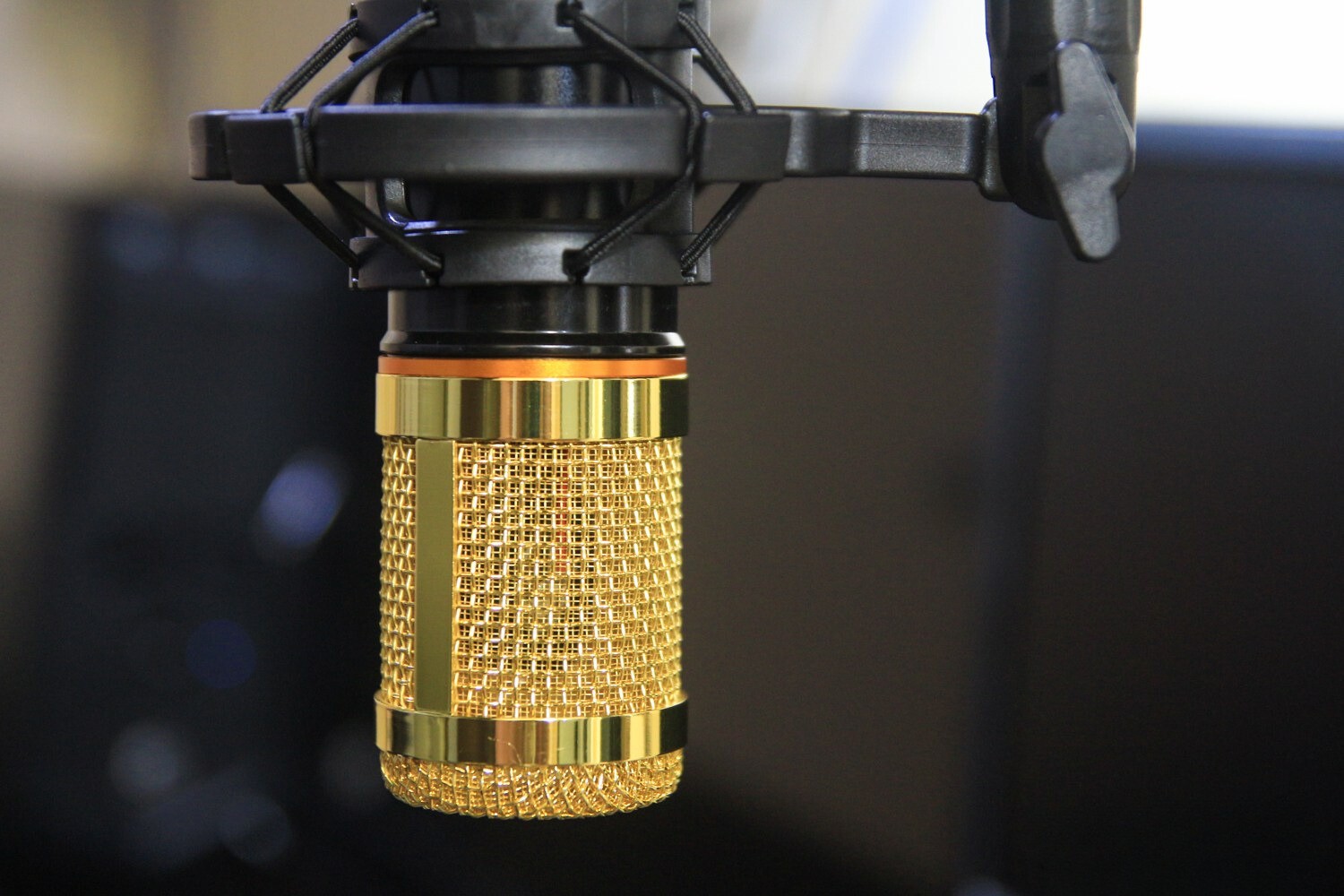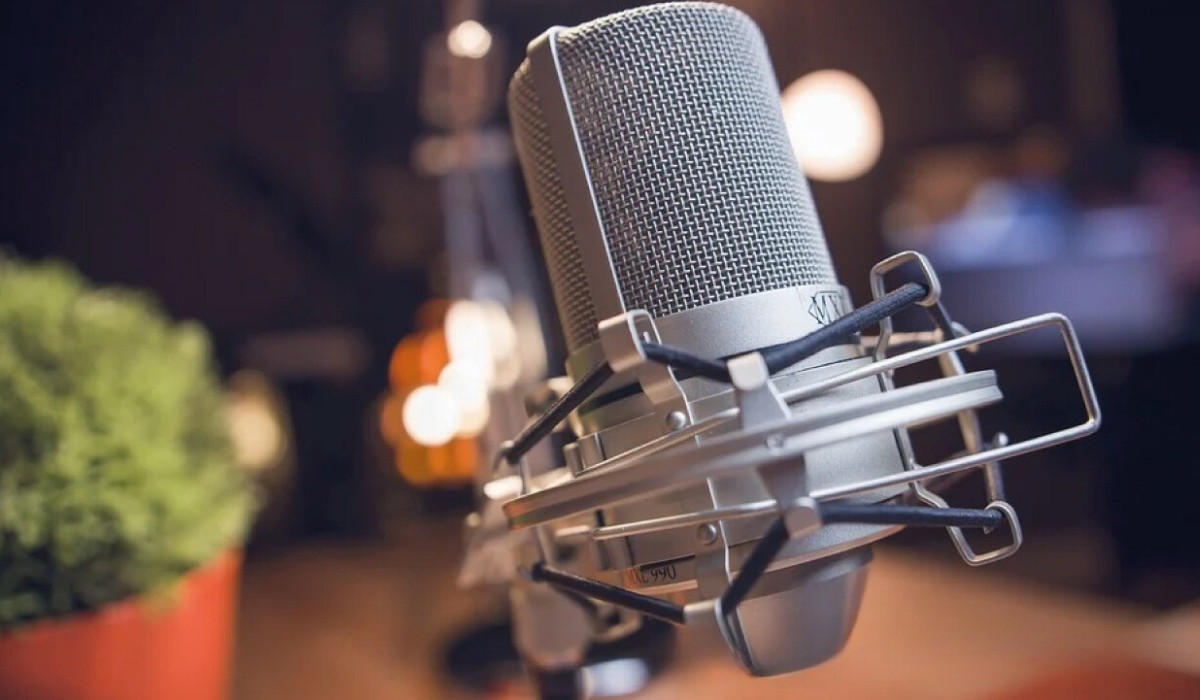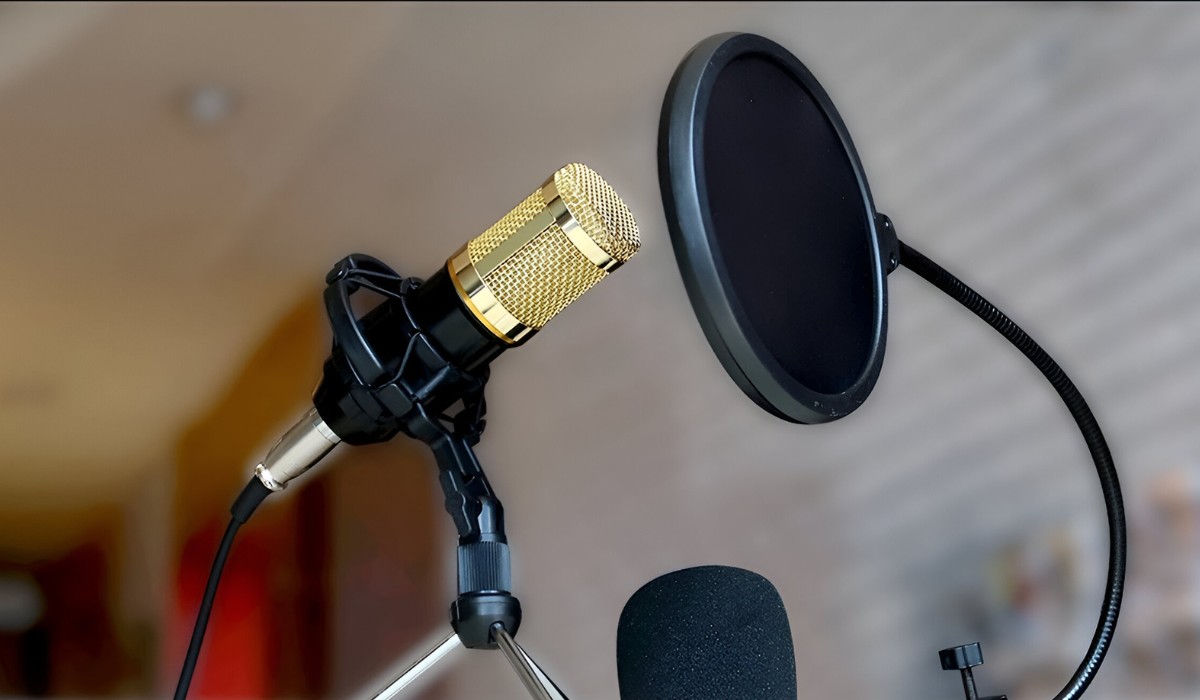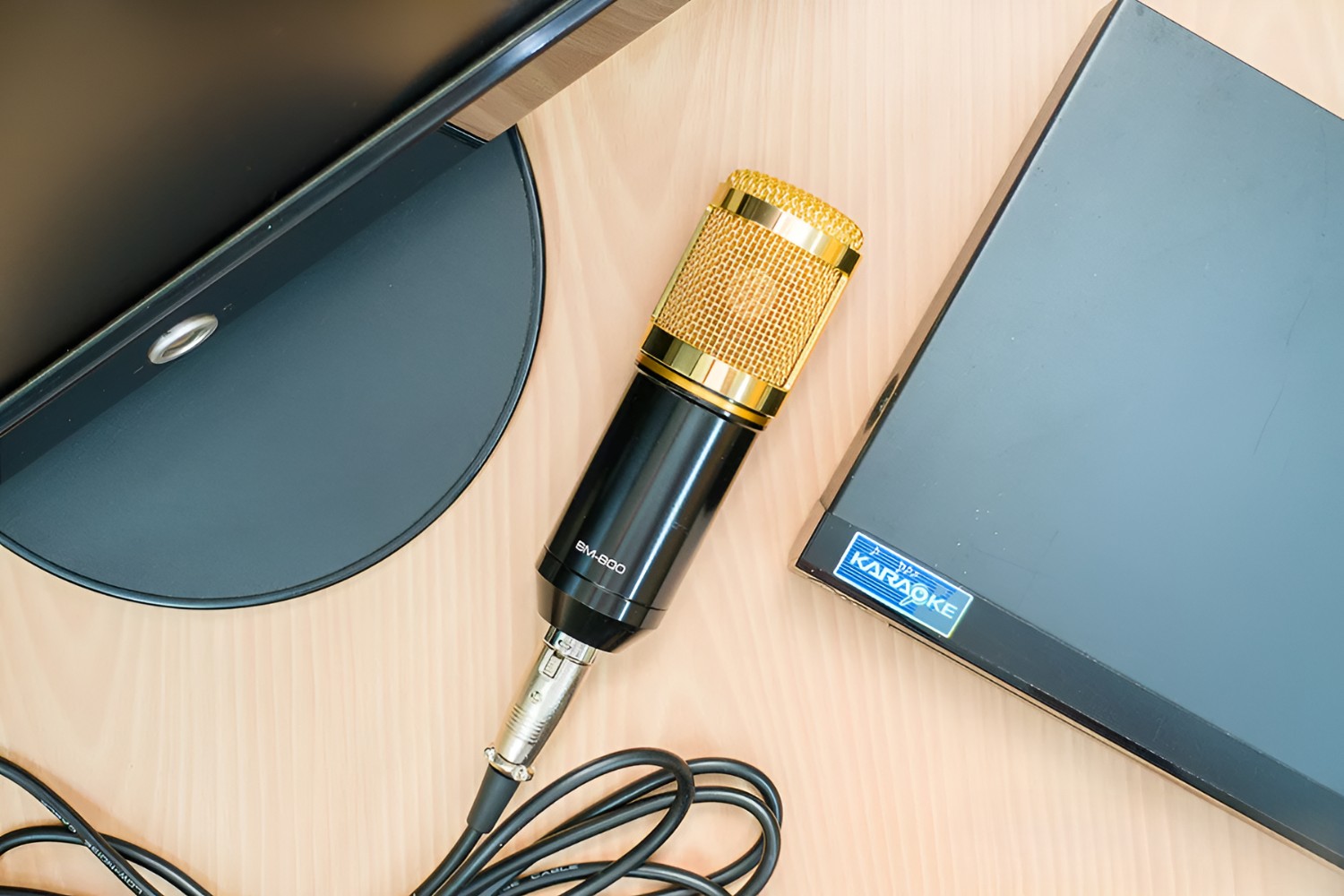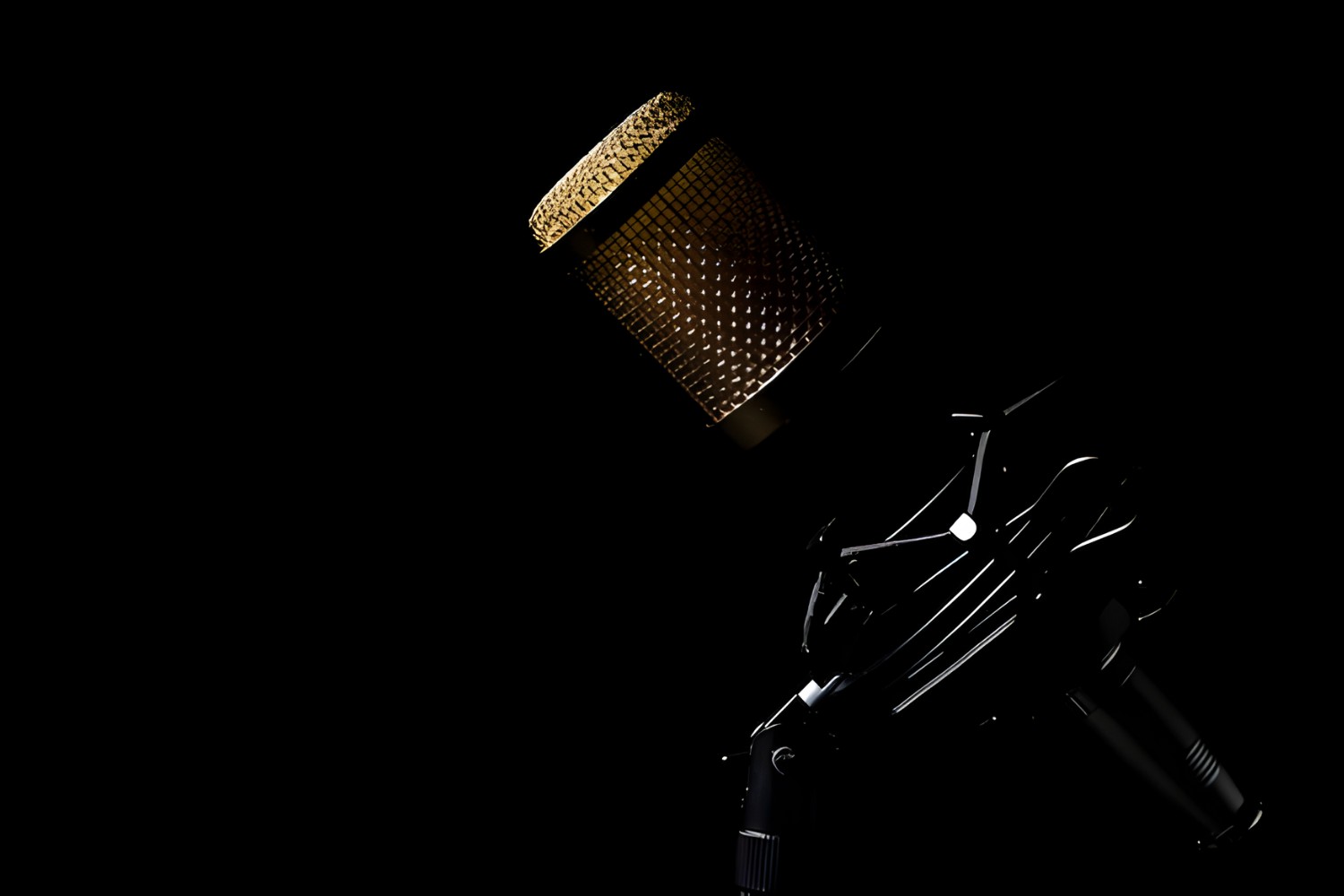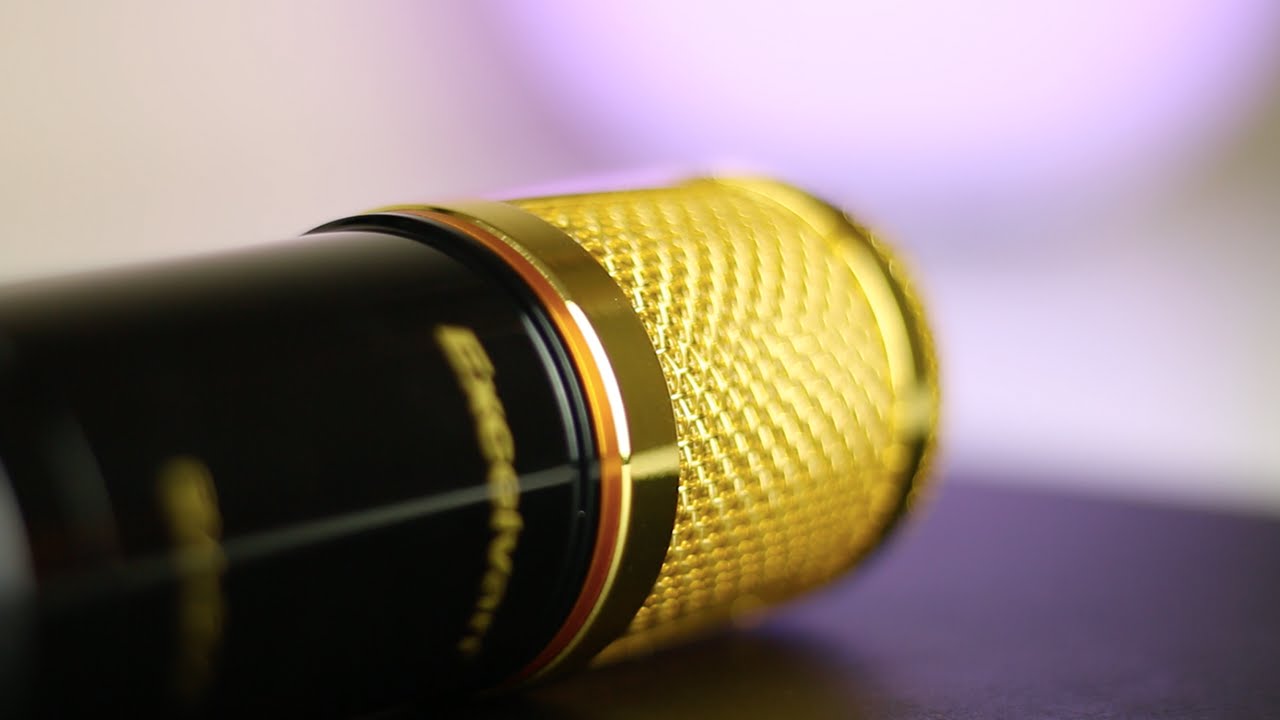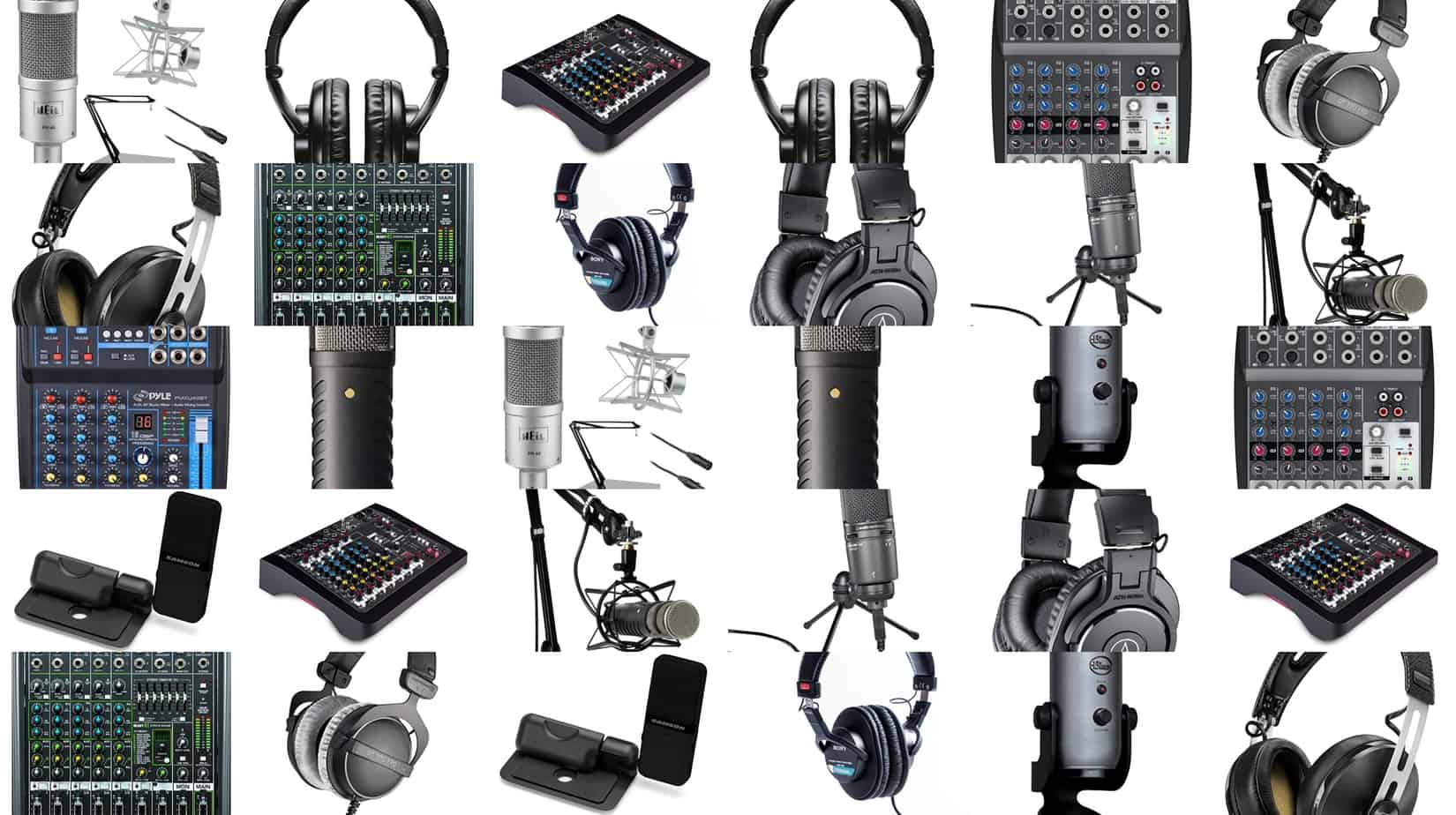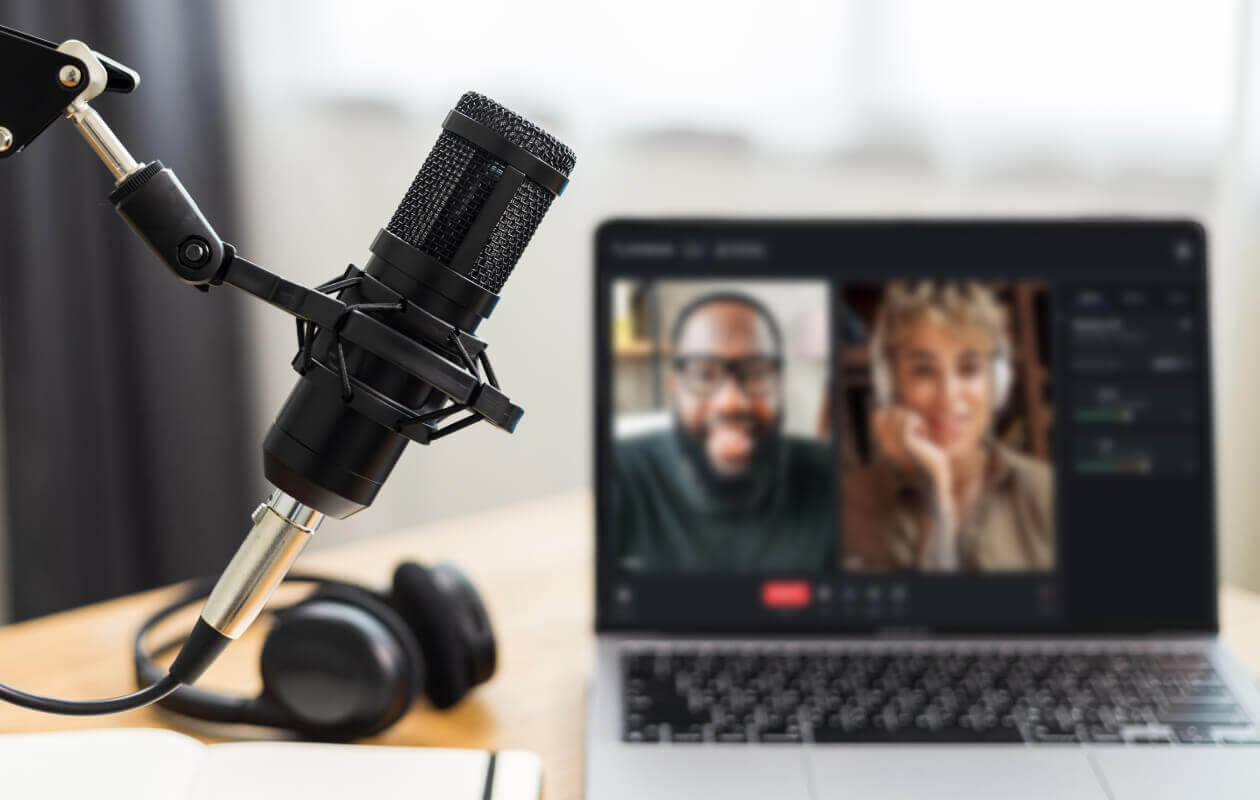Introduction
Understanding the Power Requirements of a BM 800 Condenser Microphone
The BM 800 condenser microphone is a popular choice among content creators, podcasters, and musicians due to its exceptional audio quality and affordability. However, one common query that arises among users is the power requirements of this microphone. Understanding the power needs of the BM 800 is crucial for ensuring optimal performance and avoiding potential issues during usage.
In this article, we will delve into the power requirements of the BM 800 condenser microphone, shedding light on the significance of phantom power and exploring alternative power options for this versatile audio device. Whether you are a seasoned audio professional or a beginner looking to harness the potential of the BM 800, this comprehensive guide will equip you with the knowledge needed to power this microphone effectively.
Let's embark on a journey to uncover the intricacies of powering the BM 800 condenser microphone, demystifying the technical aspects and providing practical insights for users at all levels of expertise. Whether you are setting up a home recording studio, conducting interviews, or capturing musical performances, understanding the power needs of the BM 800 is essential for achieving exceptional audio results.
Understanding the Power Requirements of a BM 800 Condenser Microphone
Before delving into the specifics of powering the BM 800 condenser microphone, it is essential to comprehend the unique characteristics that differentiate it from dynamic microphones. Unlike dynamic microphones that operate using electromagnetic induction, condenser microphones, including the BM 800, require an external power source to function effectively.
The BM 800 condenser microphone operates on a principle that involves using a capacitor to convert sound waves into electrical signals. This design results in a more sensitive and responsive microphone, capable of capturing a broader frequency range and delivering exceptional audio fidelity. However, this enhanced performance comes with the prerequisite of an external power supply to polarize the capacitor and facilitate the signal conversion process.
Understanding the power requirements of the BM 800 is crucial for users to harness its full potential. The microphone typically operates within a voltage range of 48V, commonly known as phantom power, which is the standard power supply for most condenser microphones. It is important to note that providing the BM 800 with the appropriate power is essential for achieving optimal audio performance and avoiding potential issues such as low output levels or distorted sound.
Furthermore, the power requirements of the BM 800 highlight the need for compatible audio interfaces or preamps that can supply phantom power. When integrating the BM 800 into a recording setup, ensuring that the audio interface or preamp is equipped to deliver the necessary power is imperative for seamless operation.
As we continue our exploration of the power requirements of the BM 800 condenser microphone, we will delve into the concept of phantom power and its impact on the microphone’s performance. By gaining a comprehensive understanding of these technical aspects, users can effectively power and utilize the BM 800 to capture stunning audio across various applications.
Phantom Power: What It Is and How It Affects the BM 800
Phantom power plays a pivotal role in powering condenser microphones such as the BM 800. It is a method of supplying the necessary voltage to the microphone through the same cables used for audio signal transmission, typically XLR cables. This eliminates the need for separate power sources or batteries for the microphone, simplifying the setup and enhancing convenience for users.
For the BM 800 condenser microphone, phantom power is a fundamental requirement for its operation. This standardized method of power delivery ensures that the microphone receives the voltage it needs to polarize the capacitor and facilitate the conversion of sound waves into electrical signals. Without phantom power, the BM 800 would be unable to function effectively, leading to low output levels and compromised audio quality.
Phantom power typically provides a voltage of 48 volts, although some audio interfaces and mixers offer selectable voltage options to accommodate different microphone models. It is important for users to verify that their audio equipment is capable of supplying the appropriate phantom power voltage required by the BM 800 to avoid any operational issues.
Understanding the impact of phantom power on the BM 800 is essential for users to optimize the microphone’s performance. When the microphone receives the necessary phantom power, it operates at its full potential, capturing detailed audio with clarity and precision. Additionally, the use of phantom power ensures that the microphone can effectively reproduce a wide frequency range, making it suitable for diverse recording applications.
Moreover, the utilization of phantom power contributes to the overall reliability and stability of the BM 800 condenser microphone during recording sessions. By providing a consistent power source, phantom power minimizes the risk of audio signal fluctuations or interference, allowing users to focus on capturing high-quality audio without disruptions.
As we delve deeper into the realm of phantom power and its significance for the BM 800 condenser microphone, we will uncover practical insights into harnessing this power supply method to maximize the microphone’s capabilities. By understanding how phantom power affects the BM 800, users can ensure a seamless and optimized recording experience across various creative endeavors.
Alternative Power Options for the BM 800 Condenser Microphone
While phantom power is the primary method of powering the BM 800 condenser microphone, there are alternative options available for users who may not have access to equipment that provides phantom power. Understanding these alternative power sources can offer flexibility and convenience in various recording scenarios.
One viable alternative to phantom power for the BM 800 is the use of an external power supply or battery pack specifically designed for condenser microphones. These power sources are capable of providing the necessary voltage to polarize the microphone’s capacitor, enabling it to function without relying on phantom power from an audio interface or mixer. When utilizing an external power supply, it is essential to ensure compatibility with the BM 800 and to adhere to the manufacturer’s recommendations for optimal performance.
Additionally, some audio interfaces and mixers feature built-in switchable power options, allowing users to select between phantom power and alternative power sources such as batteries. This versatility enables users to adapt to different recording environments and equipment configurations, ensuring that the BM 800 remains operational regardless of the availability of phantom power.
Another alternative power option for the BM 800 involves the use of portable audio recorders that are equipped with built-in phantom power. These compact recording devices offer a self-contained solution for powering condenser microphones, making them ideal for on-the-go recording, field interviews, and remote audio capture. By leveraging the phantom power capabilities of portable recorders, users can seamlessly integrate the BM 800 into their recording setup without relying on external audio interfaces or mixers.
Furthermore, USB audio interfaces with integrated phantom power functionality provide an alternative power solution for the BM 800 condenser microphone. These interfaces are designed to connect directly to a computer via USB, eliminating the need for traditional XLR cables and external power sources. The inclusion of phantom power support in USB audio interfaces expands the versatility of powering the BM 800, offering a convenient option for users engaged in computer-based recording and podcasting.
As we explore the alternative power options for the BM 800 condenser microphone, it becomes evident that users have a range of solutions at their disposal to ensure reliable and consistent power delivery. By understanding and leveraging these alternative power sources, users can adapt to diverse recording environments and achieve exceptional audio results with the BM 800.
Conclusion
As we conclude our exploration of the power requirements and options for the BM 800 condenser microphone, it is evident that understanding how to effectively power this versatile audio device is essential for achieving optimal performance across various recording scenarios.
The BM 800’s reliance on phantom power underscores the significance of ensuring compatibility with audio interfaces, mixers, and other equipment capable of supplying the necessary voltage. By harnessing phantom power, users can unlock the microphone’s full potential, capturing detailed and pristine audio with clarity and precision.
Furthermore, the availability of alternative power options, such as external power supplies, battery packs, switchable power sources, and USB audio interfaces with phantom power support, offers flexibility and adaptability for users operating in diverse recording environments.
Whether setting up a home studio, conducting field recordings, or engaging in podcasting and content creation, the BM 800 condenser microphone stands as a versatile and reliable tool for capturing exceptional audio. By equipping oneself with the knowledge of the microphone’s power requirements and alternative power solutions, users can confidently integrate the BM 800 into their creative endeavors, knowing that they have the means to power it effectively.
In conclusion, the power requirements of the BM 800 condenser microphone are a fundamental aspect of its functionality, and users are encouraged to explore the available power options to ensure seamless and optimized recording experiences. By leveraging the appropriate power sources, users can unleash the full potential of the BM 800, capturing stunning audio that resonates with clarity and depth.







